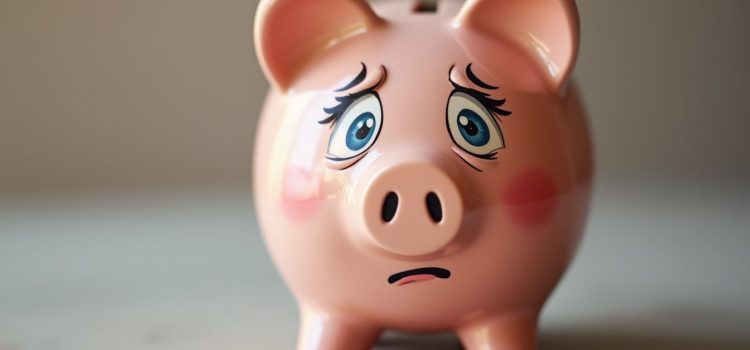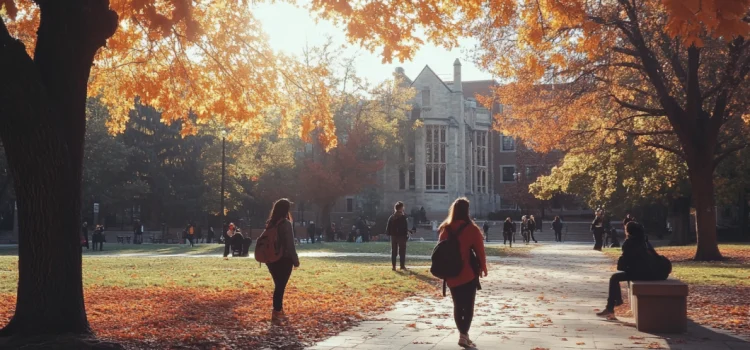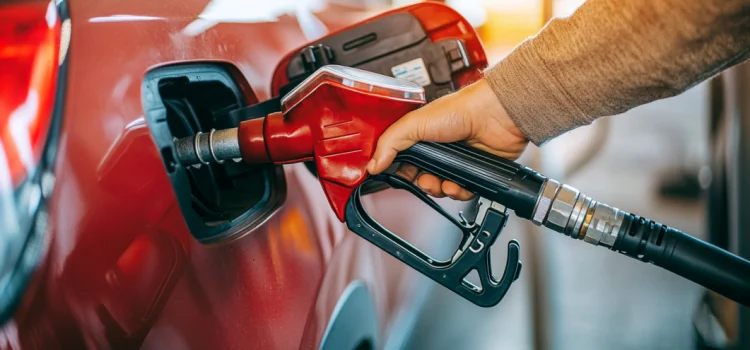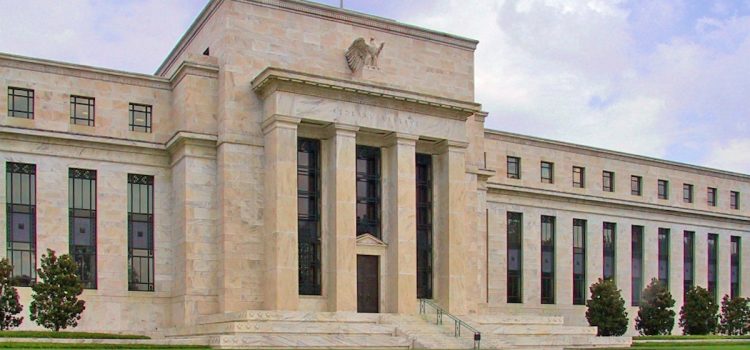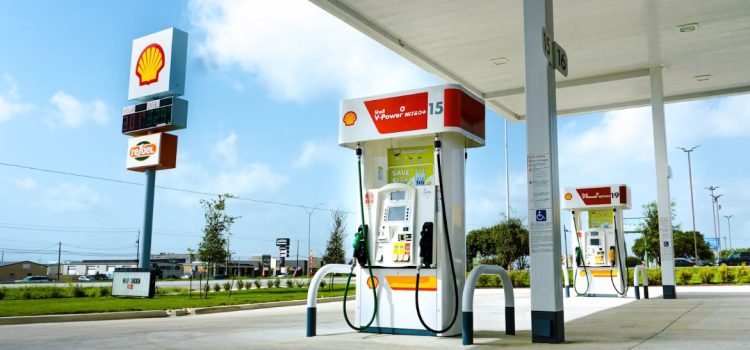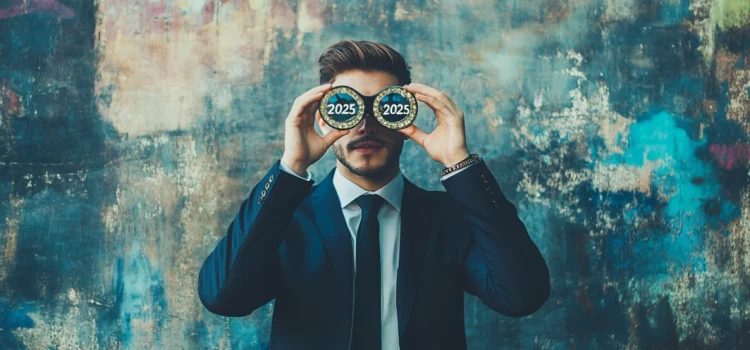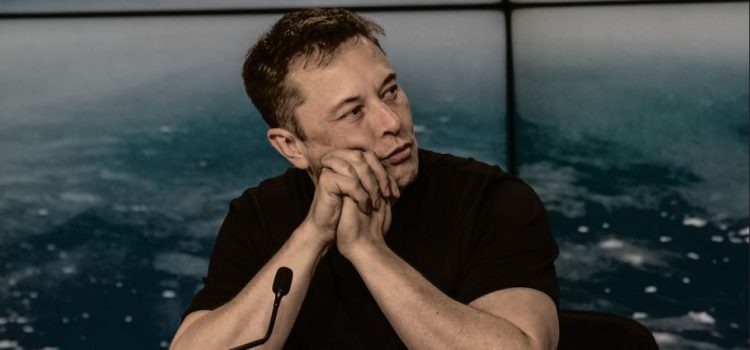Is it a good time to refinance? What’s the real cost of refinancing your home in today’s market? How can you tell if refinancing is the right move for your financial future? Mortgage rates are expected to shift in 2025, creating potential opportunities for homeowners to refinance. While some recent home buyers could benefit from current rates, the decision to refinance involves weighing multiple factors, including closing costs, break-even points, and long-term financial impact. Read on to explore the key considerations and to find practical tips to help you make an informed decision about refinancing your home.
Is It a Good Time to Refinance? How to Weigh the Pros & Cons


